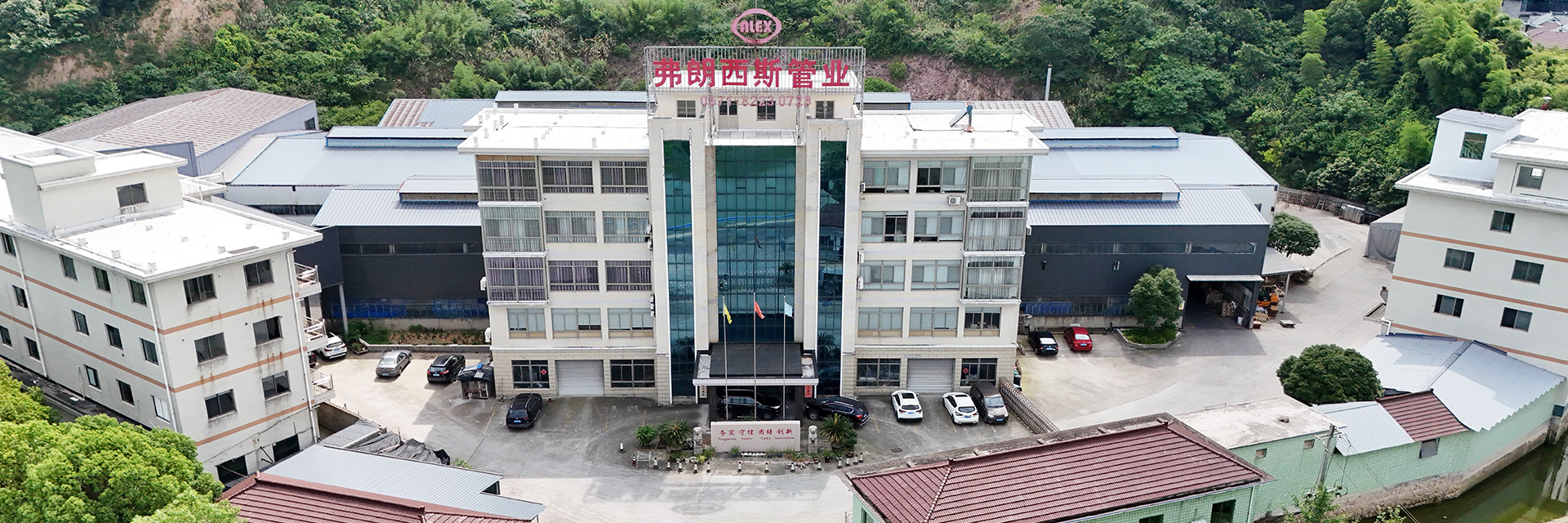ALEX® Switch & Socket Products – Quality Control Procedure
1. Objective
To establish a standardized quality control process ensuring that all ALEX® switches and sockets meet internal standards, customer requirements, and applicable international certifications (e.g., CE, CCC, ISO).
2. Scope
This procedure applies to all ALEX® switch and socket products manufactured in-house or by authorized subcontractors.
3. Responsibilities
-
Quality Control Department: Conducts inspections, maintains records, and reports defects.
-
Production Team: Ensures correct manufacturing processes and immediate correction of any non-conformities.
-
Procurement Team: Ensures raw materials meet quality standards before acceptance.
4. QC Procedure
4.1 Incoming Material Inspection
-
Items Checked: Plastic resin, metal parts (contacts, screws), wiring terminals, covers, faceplates.
-
Standards: Conformity to design specifications, insulation grade, flame resistance (e.g., UL94-V0).
-
Frequency: 100% for critical components; random sampling for standard materials (AQL Level II).
-
Action: Reject and return non-conforming materials.
4.2 In-Process Inspection
-
Station Checks:
-
Terminal connection torque
-
Contact alignment
-
Spring tension in switches
-
Fit and finish of faceplates
-
-
Tools Used: Torque testers, calipers, contact resistance meters
-
Control Points:
-
After assembly
-
Before painting or labeling
-
-
Action: Halt production if defect rate exceeds threshold; conduct root cause analysis.
4.3 Final Inspection
-
Appearance: No scratches, color variation, or deformities
-
Functionality:
-
Switch test (100 times on/off cycles)
-
Socket insertion/removal force test
-
Continuity test and polarity check
-
-
Electrical Testing:
-
Insulation resistance ≥100 MΩ @ 500V DC
-
Dielectric strength ≥2000V AC for 1 minute
-
Contact resistance ≤50 mΩ
-
-
Packaging Check:
-
Correct labeling
-
Manual and barcode included
-
Product securely packed
-
4.4 Reliability Testing (Sampling)
-
Test Items:
-
Life cycle: 40,000 – 100,000 operations depending on product grade
-
Thermal aging test
-
High humidity test (e.g., 95% RH, 60°C)
-
Drop test for packaged products
-
-
Standard: Based on IEC 60669 / IEC 60884 or client requirements
5. Defect Classification and Handling
-
Critical: Electrical hazards, fire risk → immediate rejection, full lot inspection
-
Major: Functional failure, structural issues → rework or downgrade
-
Minor: Cosmetic flaws → classify and decide based on client acceptance
6. Documentation & Records
-
Inspection Reports (kept for 2 years minimum)
-
Non-conformance Reports
-
Corrective and Preventive Action (CAPA) records
-
QC Checklists (each production batch)
7. Continuous Improvement
-
Regular internal audits
-
Supplier evaluation every 6 months
-
Feedback loop from customer complaints to production changes
8. Review
This QC procedure will be reviewed annually or upon major product changes to ensure ongoing compliance and effectiveness.
Let me know if you'd like this formatted into a printable SOP document or customized further based on your factory's exact setup (e.g., production lines, machines used, certifications required).
